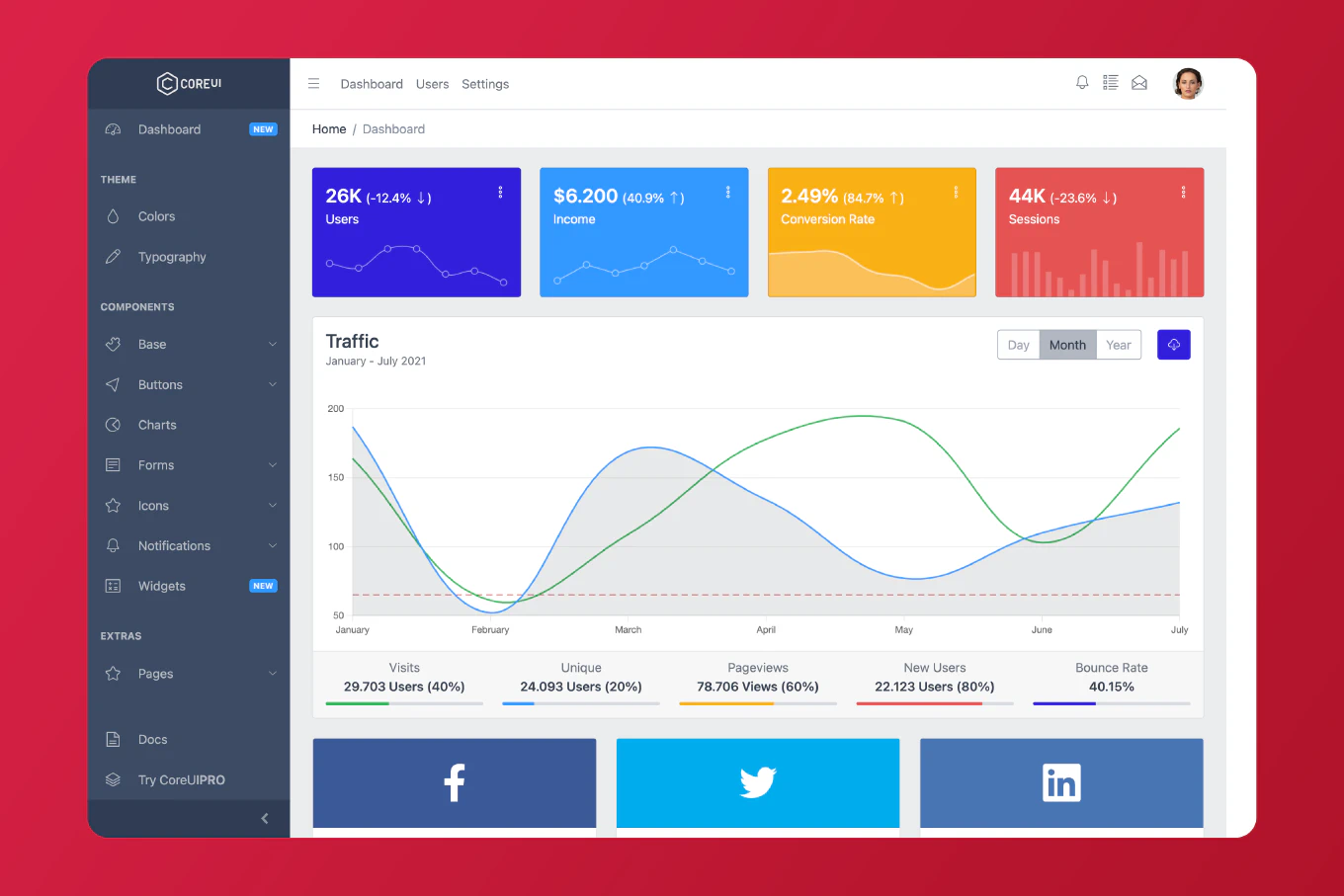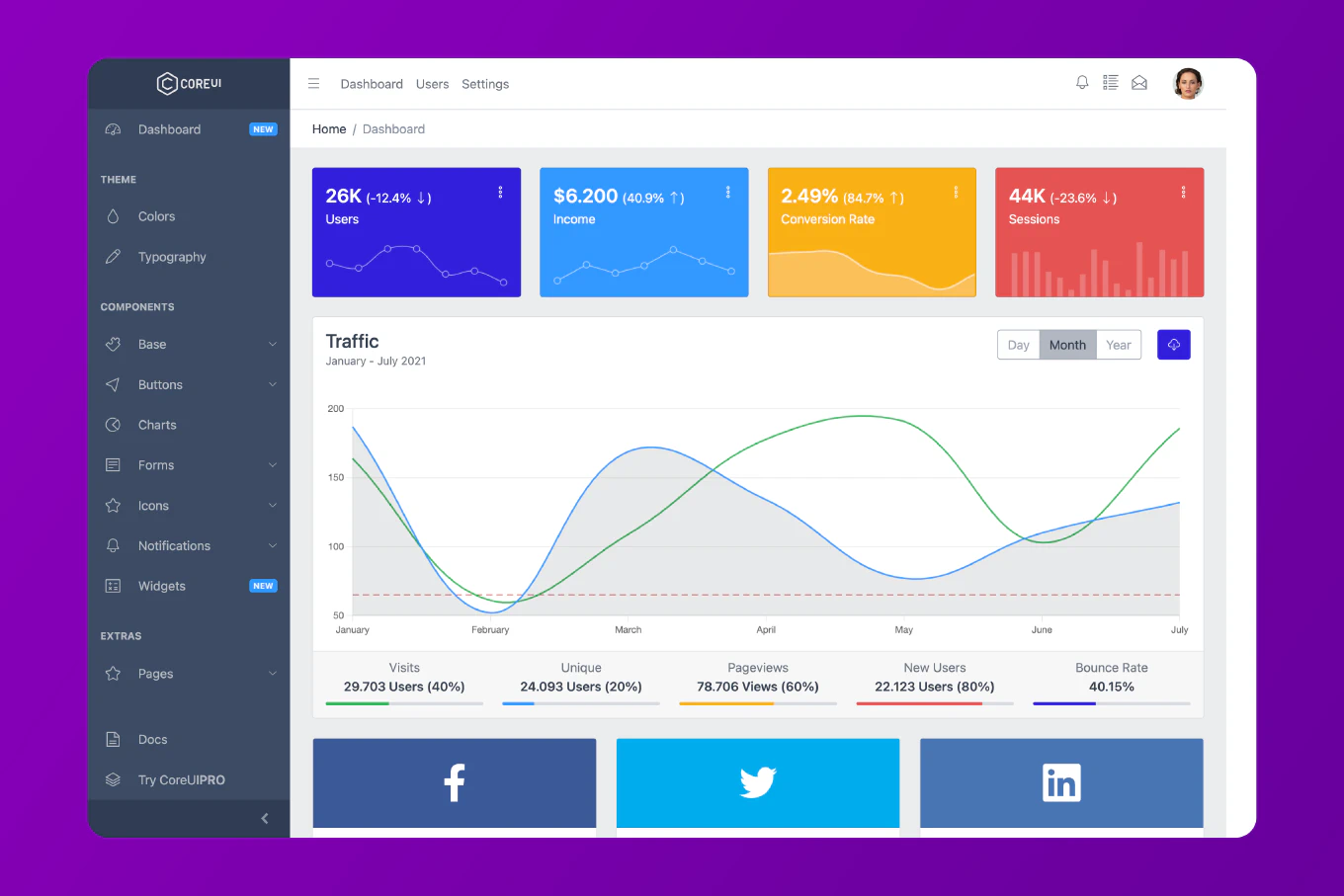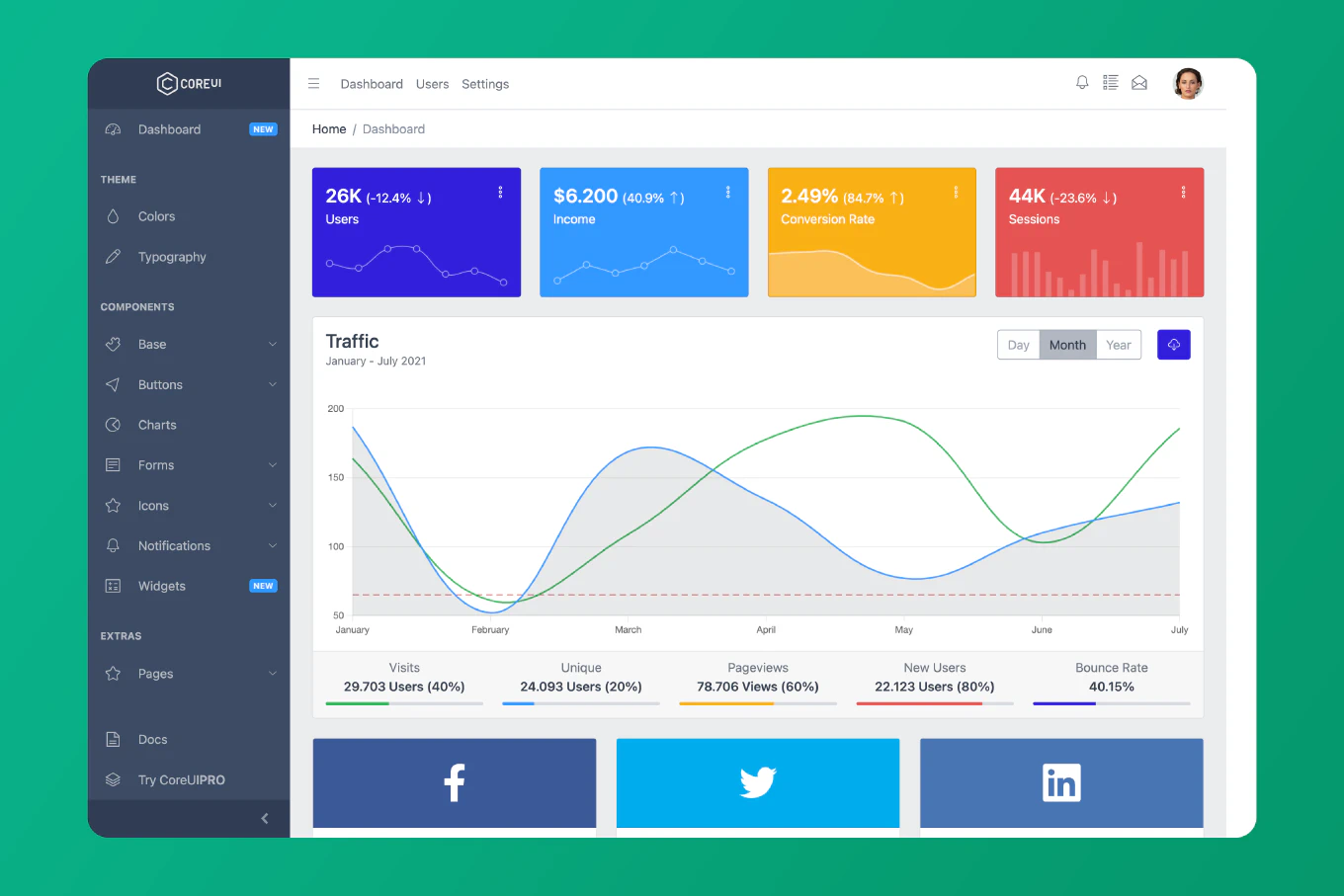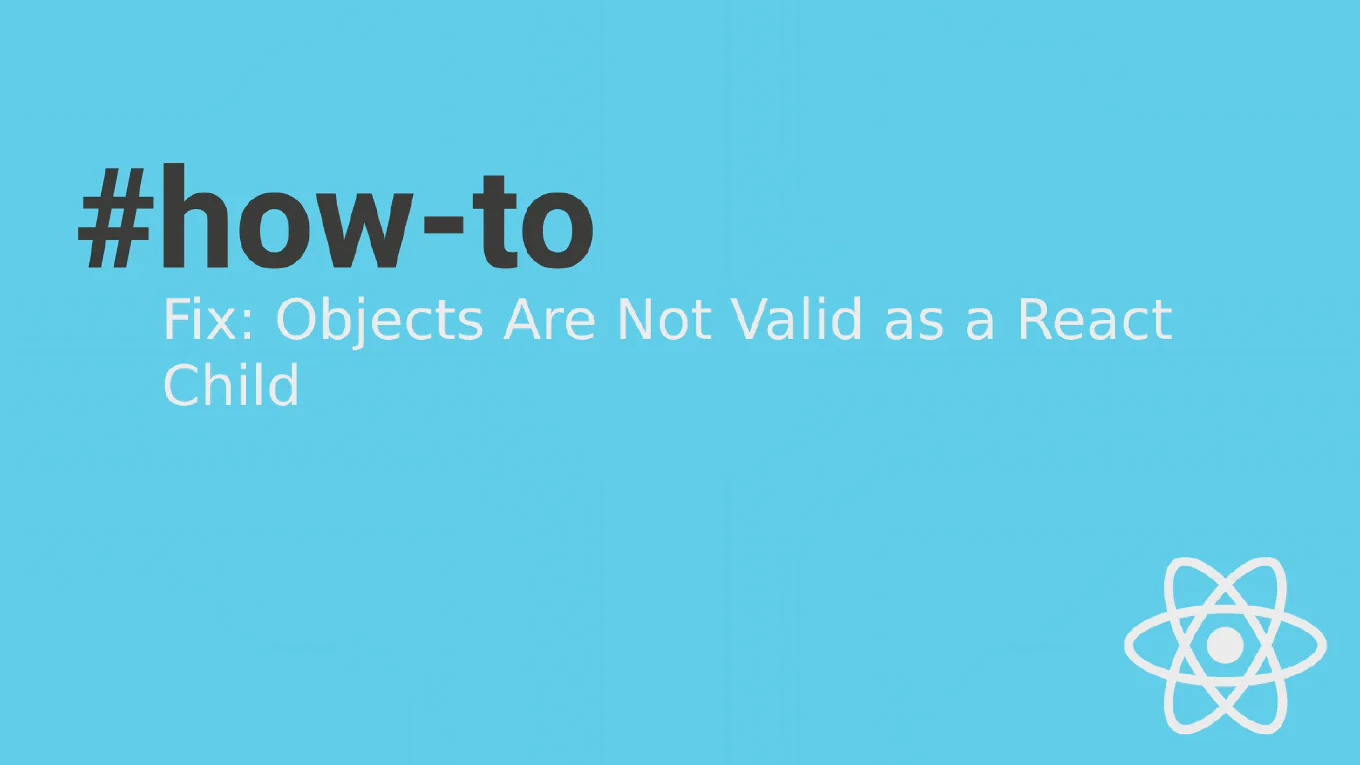How to Use Bootstrap Tooltip in React Without Breaking React – CoreUI Integration Guide

If you’re working with React and want to use Bootstrap-style tooltips, there’s a catch: Bootstrap’s native tooltip implementation is imperative and DOM-driven — which doesn’t align well with React’s declarative model.
Speed up your responsive apps and websites with fully-featured, ready-to-use open-source admin panel templates—free to use and built for efficiency.
In this article, you’ll learn how to use Bootstrap tooltips the React way, with full control via props and state, using CoreUI for React. You’ll get native Bootstrap 5 styles, accessibility, and proper React lifecycle behavior — all without relying on manual data-bs-* attributes or external JavaScript calls.
👤 Who should read this?
You’ll benefit from this article if:
- You’re using React + Bootstrap in your project (e.g. dashboard, form-heavy app, CMS).
- You want clean, idiomatic React tooltips — not
data-bs-togglehacks. - You care about accessibility and consistent UX.
- You don’t want to manage
Popper.jsmanually or write your own tooltip logic.
🚫 Problem with Bootstrap JS Tooltips in React
Even though Bootstrap 5 no longer requires jQuery, its tooltip implementation remains DOM-based and requires manual setup:
const tooltip = new bootstrap.Tooltip(element)
This approach leads to:
| Problem | Why it’s bad for React |
|---|---|
| Manual lifecycle management | You have to destroy tooltips on unmount. |
No useState or props control |
No React-style API for showing/hiding. |
data-bs-toggle attributes |
Not declarative or reusable. |
| Difficult SSR support | Doesn’t work naturally with Next.js. |
✅ The React Way: CTooltip from CoreUI for React
With CTooltip, you get:
- Bootstrap 5 styling out of the box
- Declarative API (
content,placement,trigger) - No manual Popper.js configuration
- Works with any element (buttons, inputs, icons, etc.)
- Controlled or uncontrolled mode
⚙️ Example: Tooltip on an Icon Button
import React from 'react'
import { CTooltip, CButton } from '@coreui/react'
import { CIcon } from '@coreui/icons-react'
import { cilInfo } from '@coreui/icons'
const TooltipExample = () => {
return (
<CTooltip content="This action is irreversible" placement="top">
<CButton color="danger" variant="outline">
<CIcon icon={cilInfo} />
</CButton>
</CTooltip>
)
}
export default TooltipExample
🧪 Tooltip behavior out of the box
| Feature | ✅ Supported |
|---|---|
| Bootstrap 5 styling | ✅ |
| Placement (top, bottom, etc.) | ✅ |
| Hover/focus/trigger support | ✅ |
| Keyboard accessible | ✅ |
| Works in SSR/Next.js apps | ✅ |
| Dark mode compatible | ✅ (via Bootstrap theme) |
🤔 When not to use CTooltip
- If you need complex interactive popovers (e.g. with buttons inside).
- If you want to build your own custom positioning logic (Framer Motion, Headless UI).
- If you’re not using Bootstrap-based UI at all.
For the rest? CTooltip is a drop-in solution that just works.
❓ FAQ
Can I use this tooltip in a form input or icon button?
Yes — wrap CTooltip around any element or component.
Can I control tooltip visibility manually?
Currently, CTooltip is uncontrolled (shown on hover/focus by default), but you can customize it using trigger settings.
Does this support all Bootstrap placements?
Yes — top, bottom, left, right, and variations like top-end.
🧠 Why it matters
Tooltips are a subtle but important part of UX. When implemented poorly, they can:
- be inaccessible to keyboard users,
- break during re-renders,
- or require hacky event listeners.
With CTooltip, you follow React best practices, while maintaining Bootstrap compatibility.
➕ Next steps
- 📘 CTooltip Documentation
- 💡 Try the CoreUI Open Source React Template
- 🧑💻 See usage examples on GitHub
Don’t let old-school tooltip behavior mess up your modern React app. CoreUI for React gives you Bootstrap styling + React ergonomics — no compromises.







